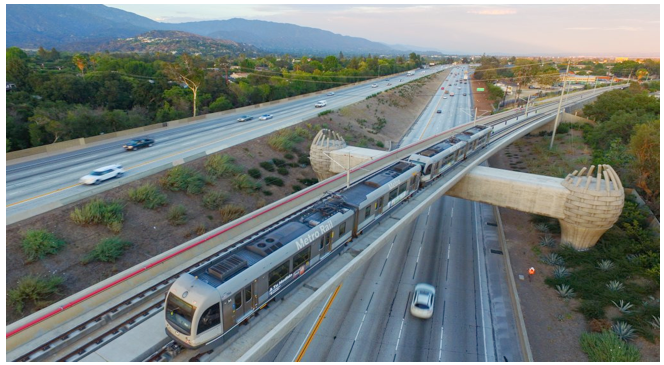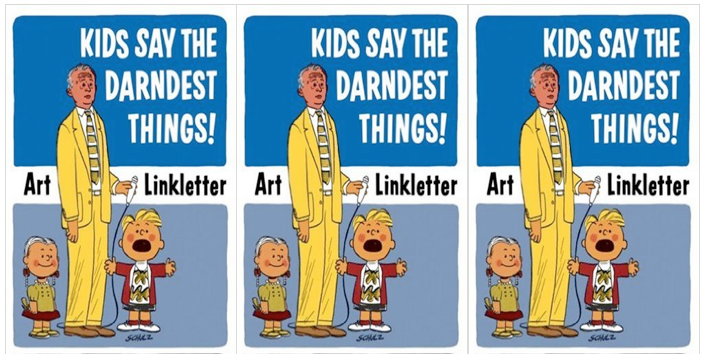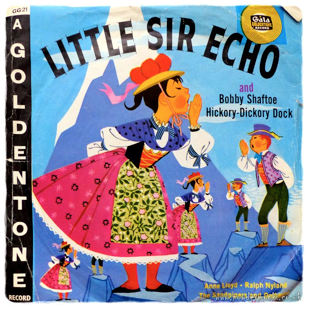The Trojan Horse of Hate: ‘Flashy can be Fatal’
GUEST WORDS-The results of this election have made me think a lot about the Aeneid – an allegory of self-righteousness, subterfuge, vengeance, and loss. The story of Aeneas provides one of the more iconic metaphors of all time -- the Trojan horse. The Greeks, in their imperious haze, allow a gifted wooden horse to sit inside their fortress gates. During the night, Trojans hasten from within its lumber walls and decimate the city. The moral of the story: flashy can be fatal. Our desire to be right and relevant coupled with our false sense of impenetrability can blind us to the deadly dangers lurking within the horse, across the street or on the ballot.
The current situation in the U.S. is heartbreaking and overwhelming. An unstable and insecure man ran to be President. On Tuesday, he won. Now, wanting to win and wanting to be President are two very different things. He either ran believing all he espoused or he said whatever to win. Regardless, there is now a mandate of hate and cleansing blowing in the wind like a starched confederate flag, and this country must shoulder the responsibility for raising it.
If the President-Elect believes what he espoused on the campaign trail, then we have a Eugenicist waiting in the wings. If he doesn’t, then he will continue to find affirmation via tweets and ”yuge” adulation-intended events while relinquishing the less flashy, but incisive tasks and responsibilities to the very smart and strategic white supremacists, climate deniers and xenophobes that have now been freed from the sidelines and are jockeying for positions in his inner circle and cabinet.
It took only hours for them to pour from his coattails. The recent position announcements of Stephen Bannon and Reince Preibus, the further elevation of Mike Pence, and rumors of Rudy Guiliani, Harold Hamm (Energy Secretary), Byron Ebell (EPA), Newt Gingrich (State Department), and Michael Flynn (National Security Advisor or Defense Secretary), Jan Brewer (Interior Secretary) and Forrest Lucas (Interior Secretary) should scare the bejesus out of us all. And yet, for some, it doesn’t. His campaign resonated, not in spite of what he said, but because of what he said. This election was a backlash on “othering.” Ultimately, this election was about reminding the world who remains first on the list.
So where do we go from here?
Progressive Pipelines
Seeds are planted to bear fruit. It takes time, care, focus and planning, but if tended to correctly, a bounty will produce. That bounty will serve many purposes. Our bounty, as progressives, should be school and community college boards, city councils, tax boards, county supervisors, judges, and district attorneys. Races for mayor, governor and state representatives are flashy, but diligently working at the local level can produce the kinds of progressive pipelines that we need.
For example, District Attorneys and judicial seats may be the least prominent of state and county government, but they can deliver the most passionate and tangible results for institutional change. Together, they are a deadly combination. 48% of state supreme courts are conservative (strong or leaning). They have been responsible for decisions relating to increased voter suppression, increased executions, and decreased education funding. Conservative groups have been working overtime to keep and turn state supreme, appellate and superior courts as red as possible. Yet, if you take a poll, most folks don’t vote that far down on the ballot, don’t know who the judicial candidates are and do not seem to care.
A recent study revealed that 95% of all elected prosecutors are white and 83% are men. Prosecutorial discretion has a direct impact on how other systems (criminal justice, and education, especially) work, and hard-liners in the DA’s offices have left many communities under siege. Inmate monitoring, police prosecution and accountability and mandatory minimum sentencing are examples of the one-two punches delivered by these two groups. So, start examining the pipelines of these candidates, and the histories of those currently in office.
Strategic Obstruction
It’s time to become obstructionists. It sounds aggressive, but this is survival. Conservatives have been good at mapping out lines of attack, and in investing time and money into figuring out where and how to use law and policy to plug liberal holes. The Heartland Institute, ALEC and the Cato Institute are just a few of the many conservative, neoconservative and libertarian think tanks working to ‘right-set’ the trajectory of our country.
Progressives are good at funding on-the-ground grassroots efforts, but it takes more than just registering voters to change the tides. It takes those efforts in concert with strategic geo-mapping, constitutional law review and good old-fashioned math (counting your votes and your states) to win. It’s time to call in the product placement gurus, the neuroscientists, the policy researchers and the lawyers and shut the door until some viable strategies are born. Say “No” until you have enough votes and law to say “Yes.” At this stage of the game, lives depend on it.
Education Still Matters
Education is the great equalizer and it has been slowly dismantled over the past decades. Discontent with unions, changes in tax distribution, and state deficits have denigrated our public education system to something almost unrecognizable. Just look at the election results. Those without a college degree backed the President-Elect 52% - 44%. This is widest gap since 1980. Two-thirds (67%) of non-college educated whites backed the President-Elect. When we defund civics classes in the schools, we do more harm than we think.
Civic participation happens because of educated engagement and a connection to the outcome. Public education has always been ground zero for civic engagement. I support the arts because I took music in the 5th grade. It’s really as simple as that. It’s time to rethink Proposition 13, streamline the passage from K-12 into the community colleges and address the lack of compatibility between current student curriculum and the trending job markets. We need to get real about the inter-complexities of globalization (automation vs. union jobs), our inherent consumer tendencies (will we pay higher prices?) and how and who we educate.
After listening to President Obama’s latest press conference, I was infuriated and depressed all over again. Listening to all of the progress that has happened, his unwavering intelligence on the issues, and his cues to Democrats to gear up for 2018 gave me some fire. It also reminded me that the system is bigger, smarter, and more complex than one person. Pernicious self-preservation is the foundation of its design. Obama suffered from being too smart and thoughtful (and black). The President-Elect will suffer from being an outsider and unfocused. Pawns they both are in a weird way – Obama was red meat for the conservative right, and the President-Elect was their Trojan horse.
And now, the fights for equity, equality and existence are on the line more than ever before.
(Sydney Kamlager is a Member of the Board of Trustees of the Los Angeles Community College District.) Prepped for CityWatch by Linda Abrams.




 Based on their performance in promoting Caruso Affiliated’s 333 S. LaCienega project at the City Planning Commission, I think the new show might even deny Julia Louis Dreyfuss her ninth Emmy. We also may need to move quickly because if the
Based on their performance in promoting Caruso Affiliated’s 333 S. LaCienega project at the City Planning Commission, I think the new show might even deny Julia Louis Dreyfuss her ninth Emmy. We also may need to move quickly because if the 



 We don’t know how many commercial buildings and how many residential apartments were converted and taken over by Snapchat this past year or two, but it is getting easier to recognize a building housing the Snapsters.
We don’t know how many commercial buildings and how many residential apartments were converted and taken over by Snapchat this past year or two, but it is getting easier to recognize a building housing the Snapsters. 



